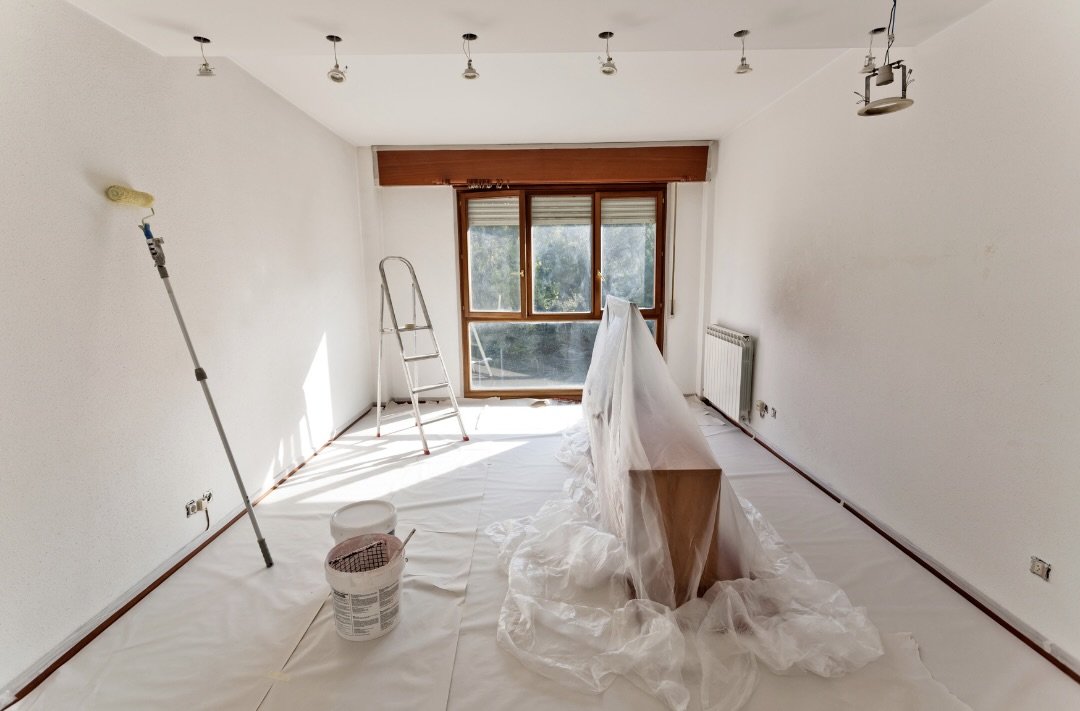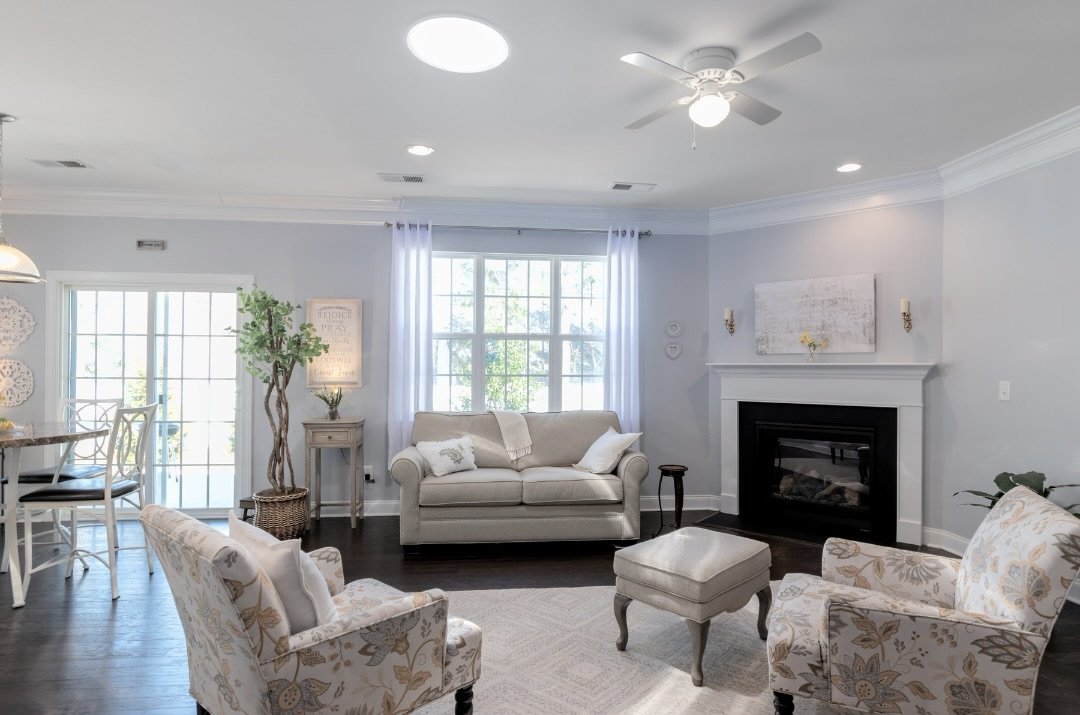Target Marketing: Crack The Code For DIY Home Staging
Six Steps to a Successful Sale
The importance of favorable first impressions when showing a home cannot be underestimated and staging to stand out in a crowded market is one of the most effective ways to achieve this. However, before you hurry in to move that sofa and add those wonderful throw pillows, you must understand your target market! Who is your ideal buyer? What is this buyer looking for in a home? How can you show that your home is the answer to their dreams!
TARGET MARKETING
In general, target marketing is identifying and reaching out to a specific group of people most likely to be interested in your product or service. When selling a home, target marketing involves identifying a potential buyer’s demographic, psychographic, and behavioral characteristics. When you understand who your ideal buyer is, you can stage your home to appeal to their preferences and needs.
Step 1 - Identify Your Target Market
Start by considering the demographic characteristics of potential buyers in your area, such as age, income level, family size, and occupation. Are you targeting young professionals looking for a starter home, or families in need of more space? Understanding the demographics of your target market will help you make informed decisions about how to stage your home.
Think about the important demographic characteristics of your potential buyer:
What is their age?
What is their income?
Do they have a family? And what size is their family?
What is their occupation?
Do they need to be near public transportation?
Who are you targeting? Young professionals looking for a starter home, or families needing more space?
Next, consider psychographic and behavioral factors such as lifestyle, values, attitudes, and social status. All of these influence buying decisions! Is your ideal buyer looking for a move-in-ready home or a fixer-upper that can be personalized?
Step 2 - Your Location & House Style
Analyze the location and style of your home. These factors are important factors when identifying your ideal buyer. After all, depending on where your home is located, this buyer could be a family, an urban professional, or a retired couple. Any of these buyers will be looking for a different type of home near different amenities: city or suburb, vibrant nightlife or sports facilities, etc.
The style of your home will also determine your potential buyer. Some people look for traditional homes, while others like modern, open spaces. Lofts and condos will also play a role in your staging decisions. Ideally, you need to figure out who your most likely buyer will be and then stage accordingly.
Step 3 - Research Your Target Market
Now that you have a good idea of your target buyer, it’s time to gather insights into their preferences and needs. Look at market trends and statistics. What is popular? What do certain people like a lot? What is out of favour. What are the things buyers are willing to pay more for?
What does your realtor think? Does she have feedback about other properties? Will you and she do an open house and get more information about what works and what doesn’t?
All this information will help you make strategic decisions about staging your home to appeal to the current market.
Step 4 - Renovations and Repairs
Getting a home ready for the market often means that repairs are necessary. Those pesky, annoying defects you never got around to fixing, will need to be brought into good working order.
Your research may even conclude that some renovations will make your home more competitive or attractive. This is the time to do either or both.
Get your realtor’s thoughts, talk to a designer or contractor, and get the job done. This will increase the likelihood that your home will sell quicker and for a higher price.
Step 5 - Tailor Your Home Staging Efforts
Armed with a clear understanding of your future buyer and insights into their preferences and needs, it's time to start staging your home. And, this is where and how the rubber meets the road by appealing to a wide range of buyers:
Declutter and depersonalize your home to create a clean and neutral canvas.
Consider painting the walls in a neutral color palette.
Remove personal items such as family photos and memorabilia.
Focus on highlighting the features and amenities of your home that are most likely to appeal to your target market. For instance, if you're targeting young professionals, consider creating a home office space or a cozy reading nook. If you're targeting families, emphasize the family-friendly features of your home, such as a fenced backyard or a finished basement.
Pay attention to curb appeal. The exterior of your home is the first thing potential buyers will see, so make sure it makes a strong impression. Consider adding some fresh landscaping, painting the front door, and replacing outdated light fixtures to enhance the overall look of your home.
Step 6 - Measuring Success and Making Adjustments
Now that you’ve staged your home, keep an eye on how it’s working for you by noticing how visitors respond to your home during open houses and showings. Then, if necessary, use this feedback to make improvements or adjustments.
In addition, take a look at the number of inquiries and offers you’re receiving. In you’re not getting the response you hoped for, it may be time to make some changes!
After all, your DIY staging is not “written in stone”. It is a fluid process that can be adjusted and changed at any time.
In conclusion, staging is not just decluttering and rearranging furniture! It is so much more. Paying attention to all the aspects and factors that play a role in achieving a successful home sale increases the likelihood of selling quickly and for top dollar. The statistics bear this out!
With the right approach, DIY home staging can be a highly effective way to make your home stand out in a competitive market.
🏡 🏡 🏡 🏡 🏡
Questions, thoughts, or comments, please note them below and I will get back to you.
BLUE SKIES!





